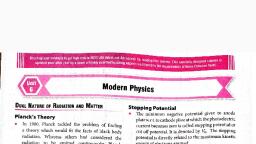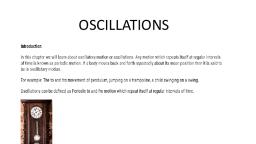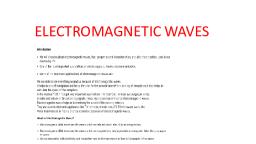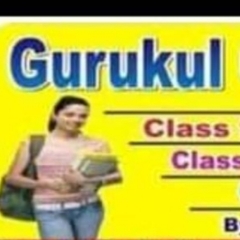Question 1 :
The force required to double the length of the steel wire of area of cross section $5\times 10^{-5}m^{2}\quad (Y=20\times 10^{10}Pa)$ in $N$ is:
Question 2 :
The volumetric change of the fluid caused by a resistance is known as :<br/>
Question 4 :
The limit upto which the stress is directly proportional to strain is called<br>
Question 5 :
Assertion: The stress-strain behaviour varies from material to material.
Reason: A rubber can be pulled to several times its original length and still returns to its original shape.
Question 6 :
State whether true or false :<br>The metal used in construction of a bridge should have high Young's modulus.<br><br>
Question 8 :
 A cable that can support a load of 1000 N is cut into equal parts. the maximum load that can be supported by the either part is:-
Question 9 :
The Young's modulus of the material of the wire of length $L$ and radius $r$ is $Y{ N }/{ { m }^{ 2 } }$. If the length is reduced to ${ L }/{ 2 }$ and radius ${ r }/{ 2 }$, the Young's modulus will be:
Question 10 :
Energy per unit volume in a stretched wire is equal to
Question 11 :
The temperature of a wire is doubled. The Young's modulus of elasticity will ?
Question 13 :
The property of metals which allows them to be drawn into wires is known as :<br/>
Question 14 :
The property to restore the natural shape or to oppose the deformation is called :
Question 15 :
If longitudinal strain for a wire is $0.03$ and its poisson ratio is $0.5$, then its lateral strain is
Question 16 :
In Youngs expt., the distance between two slits is d/3 and the distance between the screen and the slits is 3D. The number of fringes in 1/3 m on the screen, formed by monochromatic light of wavelength $3\lambda $, will be? 
Question 18 :
Assertion: Strain is a unitless quantity.
Reason: Strain is equivalent to force
Question 19 :
For which of the following is the modulus of rigidity highest?<br>
Question 20 :
A compressive force is applied to a uniform rod of rectangular cross-section so that its length decreases by $1\%$. If the Poisson’s ratio for the material of the rod be $0.2$, which of the following statements is correct ? The volume approximately .....”
Question 21 :
Identical springs of steel and sopper $(Y_s > Y_{cu})$ are equally stretched. Then
Question 23 :
Assertion: Bulk modulus of elasticity can be defined for all three states of matter, solid liquid and gas,
Reason: Young's modulus is not defined for liquids and gases,
Question 24 :
The Poisson's ratio of a material is $0.5$. If a force is applied to a wire of this material, there is a decrease in the cross-sectional area by 4%. The percentage increase in the length is :
Question 25 :
Young's modulis of brass and steel are $10\times 10^{10} N/m$ and $2\times 10^{11} N/m^{2}$, respectively. A brass wire and a steel wire of the same length are extended by $1\ mm$ under the same force. The radii of the brass and steel wires are $R_{B}$ and $R_{S}$, respectively. Then
Question 26 :
A solid sphere of radius $R$ and density $\rho $ is attached to one end of a mass-less spring of force constant $k$. The other end of the spring is connected to another solid sphere of radius $R$ and density $3\rho $. The complete arrangement is placed in a liquid of density $2\rho $ and is allowed to reach equilibrium. The correct statement(s) is (are)<br>
Question 27 :
A uniform pressure p is exerted on all sides of a solid cube at temperature ${t^0}C$. By what amount should the temperature of the cube be raised in order to bring its volume back to the value it had before the pressure was applied? The coefficient of volume expansion of the cube y and the bulk modulus is B.
Question 28 :
An increase in pressure required to decreases the $200$ litres volume of a liquid by $0.004\%$ in the container is(Bulk modulus of the liquid $=2100$ MPa).
Question 29 :
One end of a uniform rod of mass $M$ and cross-sectional area $A$ is suspended from the other end. The stress at the mid-point of the rod will be :
Question 30 :
Two wires of different material and radius have their length in ratio of $1:2.$ if these were stretched by the same force$,$ the strain produced will be in the ratio$.$  























































